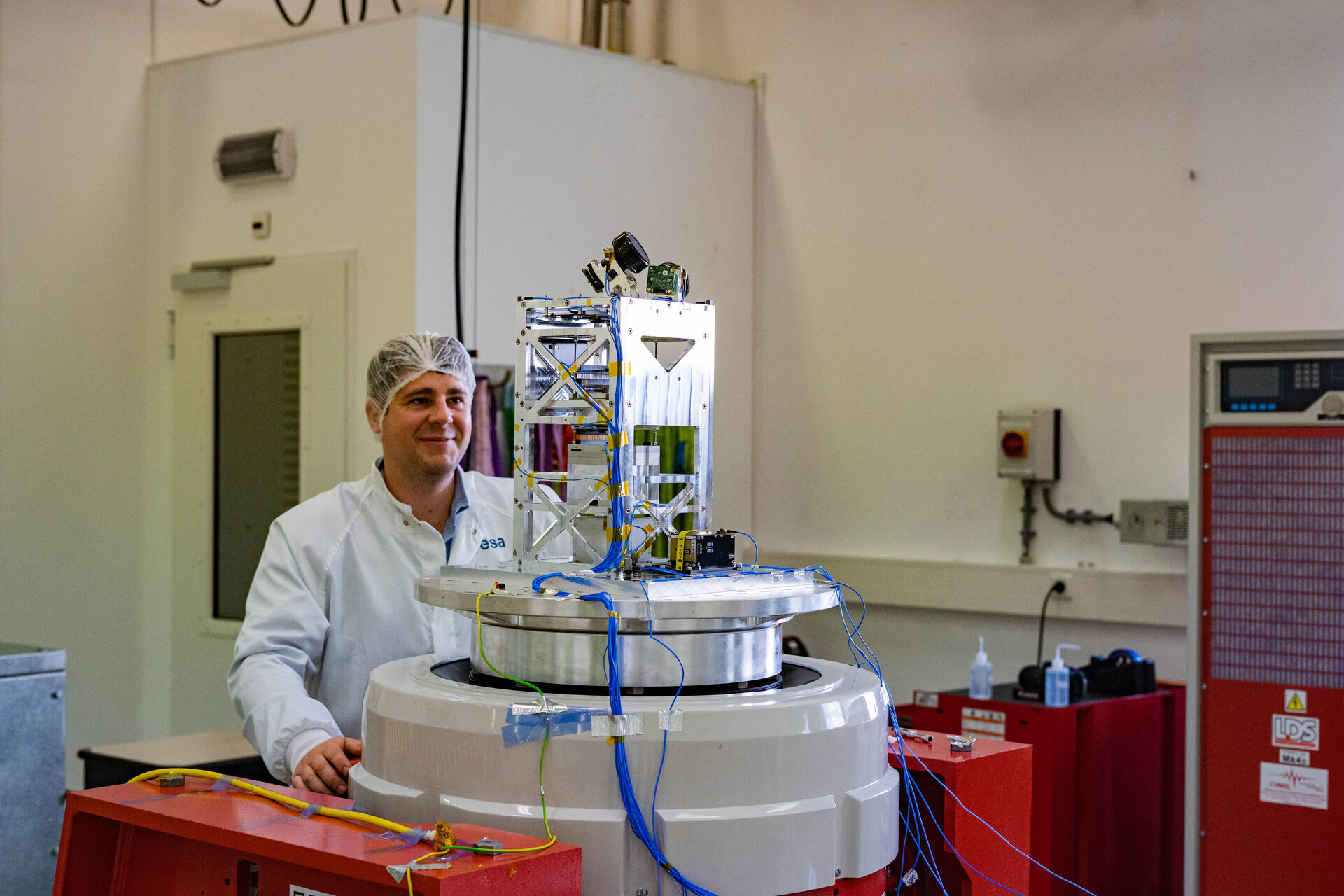About YPSat-1
As newcomers to the business of space, ESA Young Professionals are confronted with high workloads and steep learning curves. But a core team of about 30 Young Professionals from various ESA Establishments, Directorates and disciplines have dedicated themselves the additional challenge of developing an experimental payload that will fly aboard the inaugural flight of Ariane 6.
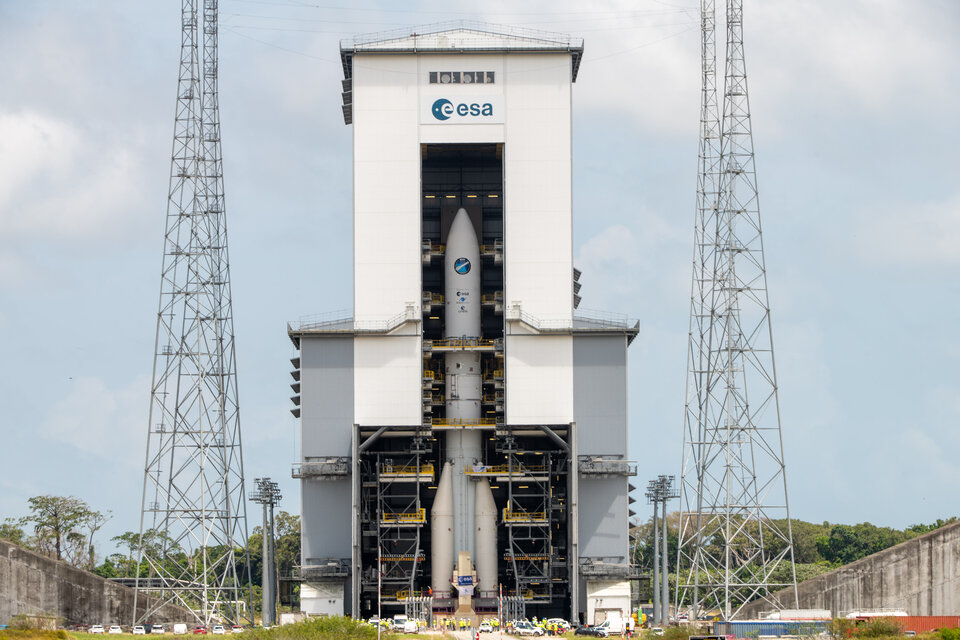
YPSat-1, or Young Professionals Satellite, is a project run in its entirety by ESA Young Professionals to give them direct early experience of designing, building and testing for space, intended as the first of many such projects.
The objective of YPSat-1 is simple – to capture all the key phases of Ariane 6's inaugural flight. But the challenge is great, as the project is one of many being undertaken by these teammates and, like every other payload, it must be 100% ready in time for launch.
The payload will remain attached to the upper stage of the launcher throughout its approximately 3-hour-long operating life. In that time it will acquire images and video of Ariane 6’s fairing separation, the deployment of its CubeSats and in-orbit views of Earth and space. In addition it will measure Earth’s magnetic field along the launch trajectory using an innovative quantum-based sensor while an on-board antenna will allow ham radio enthusiasts to make contact with YPSat-1.
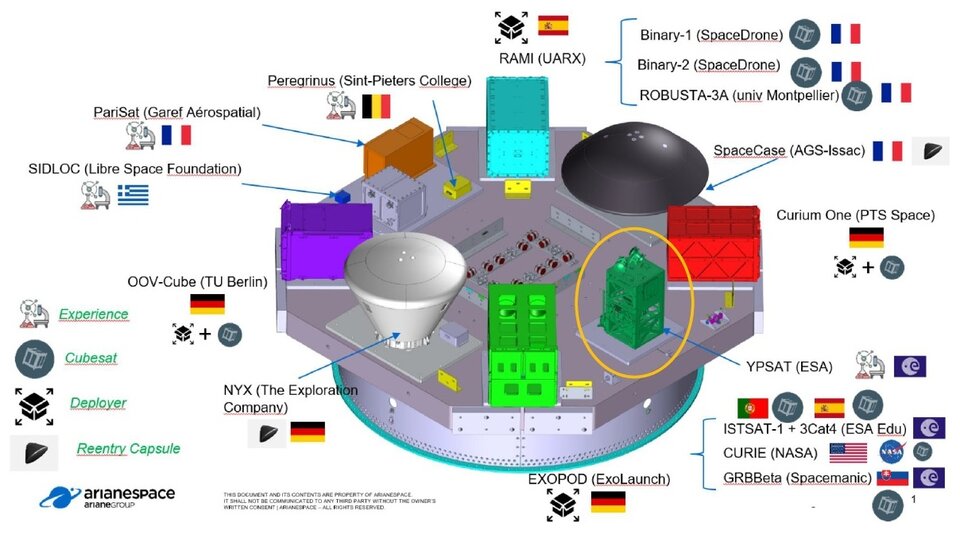
The payload will activate at an earlier point in the flight than the traditional spacecraft flying with it. A custom system fully designed by Young Professionals called the ‘Wake up System’ will activate the payload early by detecting lift-off. The 20x20x50 Cm3 YPSat-1 aims to acquire imagery of the fairing and payload separations, and take pictures from the top of the upper stage, then downlink all data before it burns up in the atmosphere along with the rest of the upper stage.
The project is proceeding in the Young Professionals’ spare time during core business hours, along with additional work sessions during evenings and weekends, to keep up with all the work needed.
Advice for the project is coming from ESA experts mainly from the Agency’s Directorate of Technology, Engineering and Quality, which is also underwriting most of the costs of manufacturing and supplying test facilities for YPSat-1. ESA's Directorate of Operations is giving support in terms of the ground station coverage needed to gather data from YPSat-1 while the Directorate of Space Transportation Systems is advising on the Ariane 6 launch campaign.
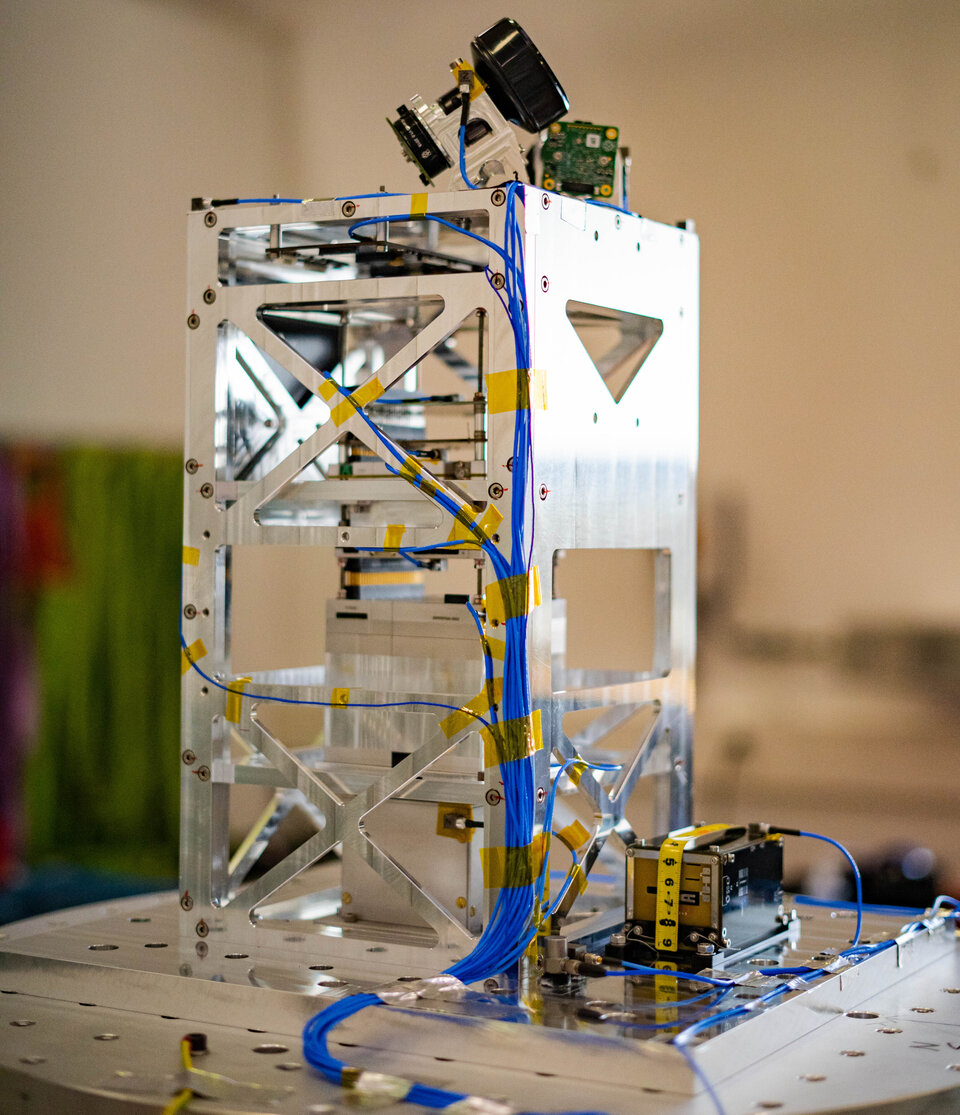
The project was first inspired by the news there was an announcement of opportunity on the first Ariane 6 flight. With time at a premium, the team devised the YPSat-1 concept at the start of 2022 on a ‘Keep It Simple Stupid’ basis, with its design finalised that August.
Just like any other space mission, work on YPSat-1 is proceeding on the basis of its several subsystems: Structural to ensure the payload and its attachments can withstand the loads and mechanical environment during the launch phase; Thermal to ensure its structure and components maintain a workable temperature; Electrical Power to keep current running through it from its Lithium-ion battery; its On-board Computer and Data Handling to control YPSat-1 and record flight data; Telecommunications to return these results plus mission telemetry reliably to Earth; and last but not least the Wake Up System to power up YPSat-1 in the first place once it detects the Ariane 6 lifting-off.
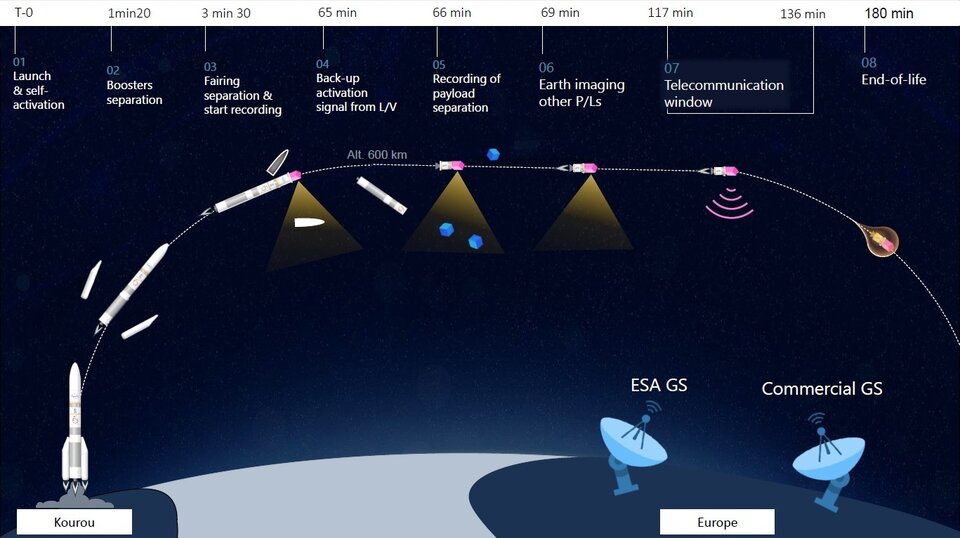
YPSat-1’s cameras come from the Scanway company in Poland, while its magnetic field sensor is a streamlined version of the OSCAR QUBE experiment previously flown aboard the International Space Station. Its amateur radio unit comes from the Spanish amateur satellite radio organisation, AMSAT-EA. The on-board computer, battery, antenna and transmitter come from Endurosat in Bulgaria.
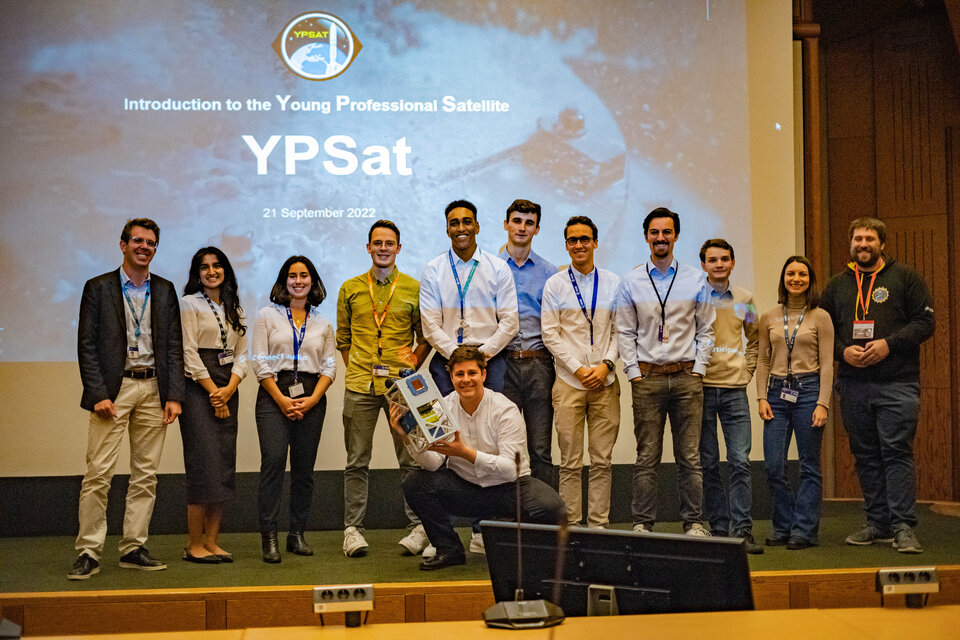
Work on the subsystems began with detailed simulations using standard space software; then the team progressed to hardware testing of components and subsystems in ESA laboratories. Next will come the assembly stage, followed by testing of the entire payload, ahead of passing the completed YPSat-1 on in a couple of months before flight for integration aboard Ariane 6’s BALLAST platform at Europe’s Spaceport in French Guiana.
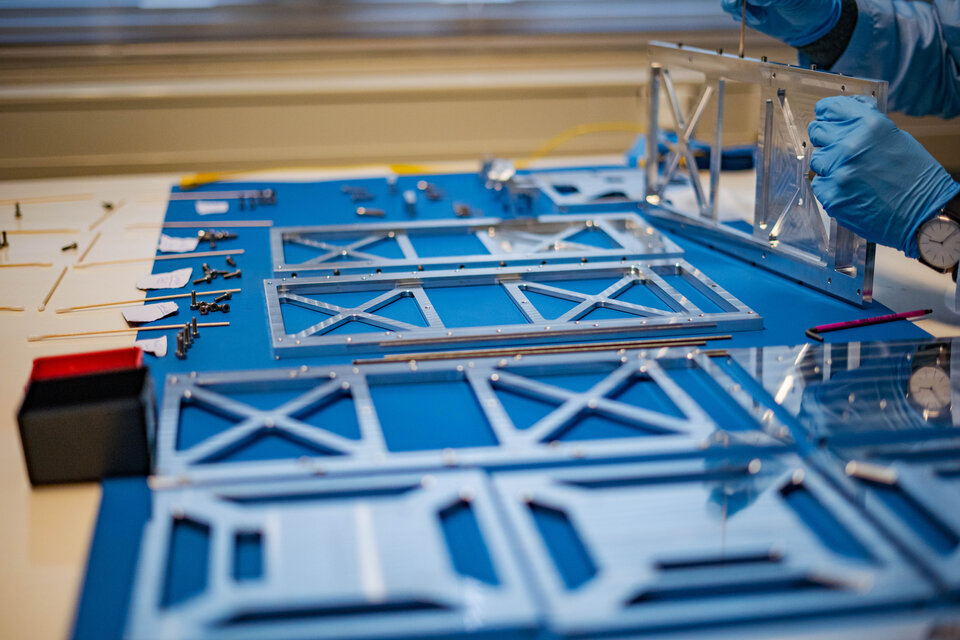
This one-of-a-kind mission, initiated and led by ESA Young Professionals, combines efforts from all across the Agency, allowing them to build additional skills in parallel to their day-to-day assignments, and reach out to touch space for themselves. After YPSat-1, the aim is to move to other, still more ambitious missions, including free-flying satellites.


